- Home
- Machining techniques
- CNC Machining Services
- Cooperative supply services
- Designs
- Materials
- Finishing Services
- Shop
- Products
- Guide
- About Us
- Contact Us
2022.1.19
3D printing has great potential value in the design and manufacturing of medical treatment, architecture and handicrafts. In order to ensure the printing quality, it is very important to select appropriate consumables. As a kind of consumables, the types of linear printing materials are complex, especially with the development of technology, the types of wires are becoming more and more diverse. Here we will sort out some common linear consumables, mainly introducing their material characteristics and printing parameters, which can be compared for you to select appropriate materials.
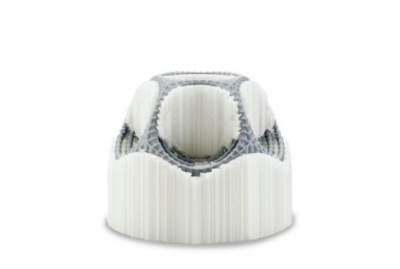
1. PLA
At present, PLA is one of the consumables frequently used for 3D printing. Due to its wide use and convenient use, this 3D printing material is listed as preset by most fdm3d printers.
Characteristics: 1 PLA plastic is widely used in various fields because it has no odor and is not easy to curl. 2. The finished product is hard. 3. PLA plastic is one of the biodegradable environmental protection materials. It is derived from mixed corn starch and sugarcane and meets the food grade and biodegradable standards. 4. There are many colors to choose from.
Print parameters: 1 Nozzle temperature: 190-230 ° C; 2. Temperature of heating plate: 0-75 ° C (blue tape can be pasted without heating plate).
2. ABS
ABS is a compound extracted from petroleum. It is a common plastic material and a very good choice of 3D printing materials.
Characteristics: 1 ABS plastic has high strength and toughness; 2. It can withstand slightly higher temperature than PLA plastic, about 80 ℃; 3. The cooled ABS is more flexible and flexible than PLA; 4. It will produce taste when printing; 5. ABS is not UV resistant, and sunlight will make it decompose and shrink, so please avoid using it in direct sunlight.
Print parameters: 1 Nozzle temperature: 220-260 ° C. 2. Heating plate temperature: 95-110 ° C.
3. TPU
TPU is semi flexible and chemical resistant, with Shore-A hardness of 95, elongation at break of 580% and thermal deformation of 100 ℃.
Characteristics: 1 TPU 3D printing materials can make flexible and resilient parts, such as plugs, belts and so on. 2. The extremely flexible and elastic 3D printing materials make your 3D printed products very soft Q, which is different from the common ABS and PLA. 3. TPU 3D printing material is recommended to be matched with near end feeding 3D printer; If you use a remote feeding 3D printer, you need to slow down and match the wire diameter of 2.85mm.
Print parameters: 1 Nozzle temperature: 210-225 ° C; 2. Heating plate temperature: 20-50 ° C.
4. Metal consumables
Among the 3D printing materials, the most amazing is the metal consumables (bronze, red copper, steel, stainless steel). The special formula can let you print metal like works at home or in the studio!
Characteristics: 1 The wire rod contains a certain proportion of metal powder (about 80%), and the finished product printed in 3D will emit shiny metal luster after being treated with sandpaper and steel velvet. 2. The appearance is the same as cast, and the texture is superior to any 3D printing material on the market, which can be said to stand out from the crowd! 3. Metal consumables are about 3 times larger than ordinary PLA consumables. 4. Many people will ask whether metal wires can conduct electricity? The answer is no, but many new teams have also developed conductive 3D printing consumables.
Print parameters: 1 Nozzle temperature: 190-210 ° C; 2. Heating plate temperature: 20-60 ° C.
5. Carbon fiber hybrid linear consumables
If you want 3D printing products with high strength, hardness, light weight and easy printing, carbon fiber 3D printing materials are a good choice!
Characteristics: 1 Carbon fiber is incorporated into PETG to strengthen the rigidity. 2. Perfect 3D printing material with high hardness, low shrinkage, high heat resistance and light texture. 3. Easy to print. You can print carbon fiber remote-controlled cars, aircraft, product models, etc. with your desktop 3D printer. 4. When using this wire, special attention should be paid to the grinding property of carbon fiber: carbon fiber will accelerate the loss of brass nozzle than general wood imitation materials. Therefore, we recommend using stainless steel nozzle to print carbon fiber material.
Print parameters: 1 Nozzle temperature: 240-260 ° C; 2. Heating plate temperature: 60-70 ° C.
6. Nylon
3D printing materials used in the industrial field must have the characteristics of high strength, wear resistance and low friction coefficient. General ABS plastics may not meet the demand. At this time, nylon material may be a good choice.
Characteristics: 1 High strength, high durability, high temperature resistance and low friction coefficient, which is the most suitable for making gears and mechanisms! 2. Like injection molded nylon, 3D printed nylon finished products can also be colored with dyed cloth pigments. 3. It should be noted that nylon wire itself has high water absorption. When not in use, please keep it dry, such as in a moisture-proof box or in a sealed bag with desiccant To maintain quality.
Print parameters: 1 Nozzle temperature: 245 ° C; 2. Heating plate temperature: 30-65 ° C.
7. PC material
PC polycarbonate 3D printing material is the 3D printing material with the highest strength and durability on the market. It maintains dimensional stability when the temperature is as high as 110 ℃.
Characteristics: 1 excellent toughness: under similar rigidity, PC has better toughness than other 3D printing materials, making it an excellent choice for engineering applications. 2. High heat resistance: PC provides high heat resistance superior to almost all 3D printing wires on the market, with temperature resistance up to 110 ° C. 3. Easy to print: PC material used to be a special material only belonging to industrial FDM models, with moderate printing temperature and low warpage. Now it can also be used in quasi industrial FDM 3D printers [such as ultimaker]. 4. Excellent mechanical strength: under almost all deformation tests, PC has better mechanical strength than ABS and PLA. 5. Easy post-treatment: it can easily pass through the post-treatment of sandpaper to make the finished product have a smooth surface; It can also be painted. 6. Outstanding quality: strictly implement the eight quality control checkpoints to ensure that PC can produce reliable and accurate objects every time.
Print parameters: 1 Nozzle temperature: 250-270 ° C; 2. Heating plate temperature: 80 ° C.
8. PVA
PVA (polyvinyl alcohol) is a water-soluble 3D printing material. It is usually used as support material.
Characteristics: 1 Use the 3D printer with double nozzles to print PLA and PVA at the same time. PVA is used as the supporting material. After printing, put the object into hot water and wait for a period of time to obtain a perfect and beautiful object body. 2. When printing complex structural models, such as ball bearings, gear machinery and engines, it is very necessary to use this 3D printing material as support.
Print parameters: 1 Nozzle temperature: 190-200 ° C; 2. Heating plate temperature: 20-60 ° C.
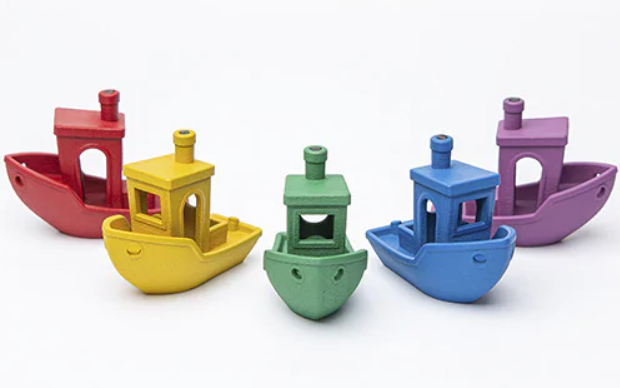 PLA Plastic in 3D Printing: Characteristics, Applications & ABS vs PLA 3D Printing
PLA Plastic in 3D Printing: Characteristics, Applications & ABS vs PLA 3D Printing
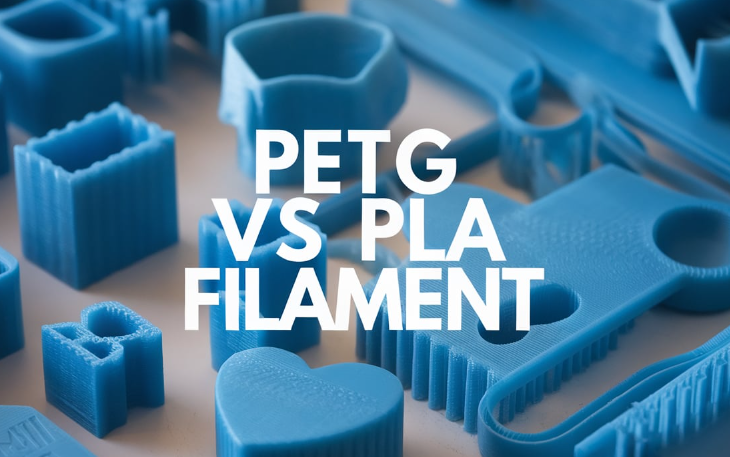 PETG vs PLA Filament, What Are the Differences – PETG Properties, Uses & Printing Settings
PETG vs PLA Filament, What Are the Differences – PETG Properties, Uses & Printing Settings
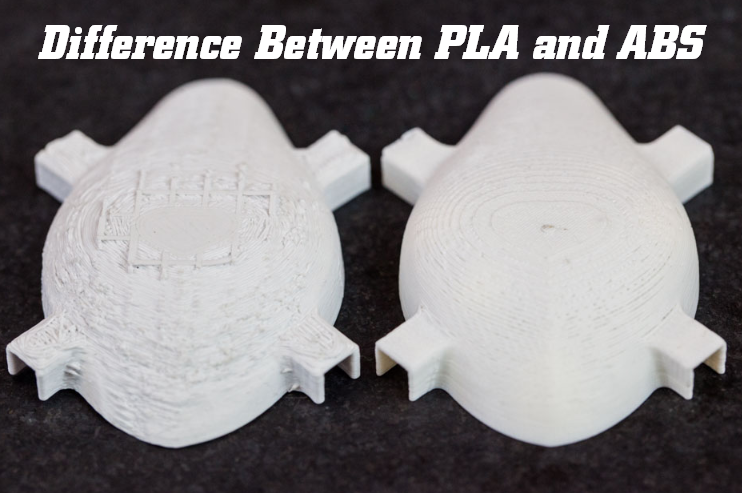 PLA vs ABS, What’s the Difference | Understanding ABS and PLA Plastic | CNCLATHING
PLA vs ABS, What’s the Difference | Understanding ABS and PLA Plastic | CNCLATHING
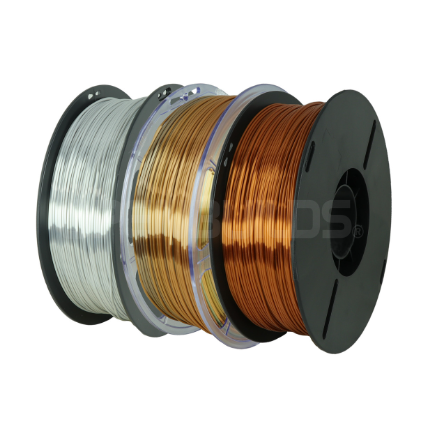 3D Printing Filament Types, Sizes, Colors & Speed
3D Printing Filament Types, Sizes, Colors & Speed
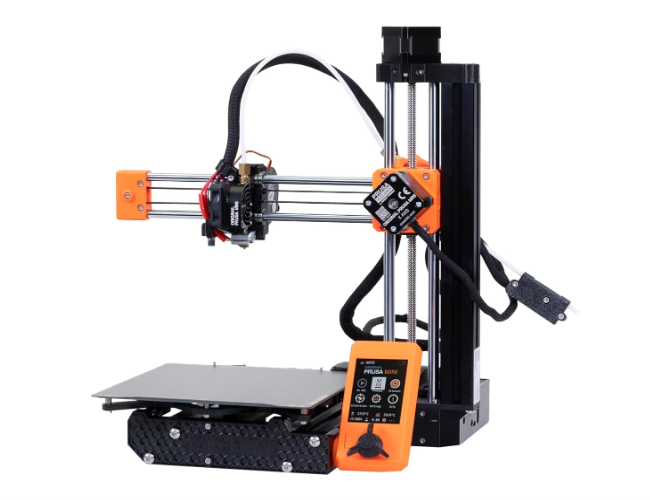 Best 3D Printer for Beginners – Easy & Budget 3D Printers Under $500
Best 3D Printer for Beginners – Easy & Budget 3D Printers Under $500
 Spring Material Types (Properties, Grades, Uses) & Best Selection for Your Project
Spring Material Types (Properties, Grades, Uses) & Best Selection for Your Project
